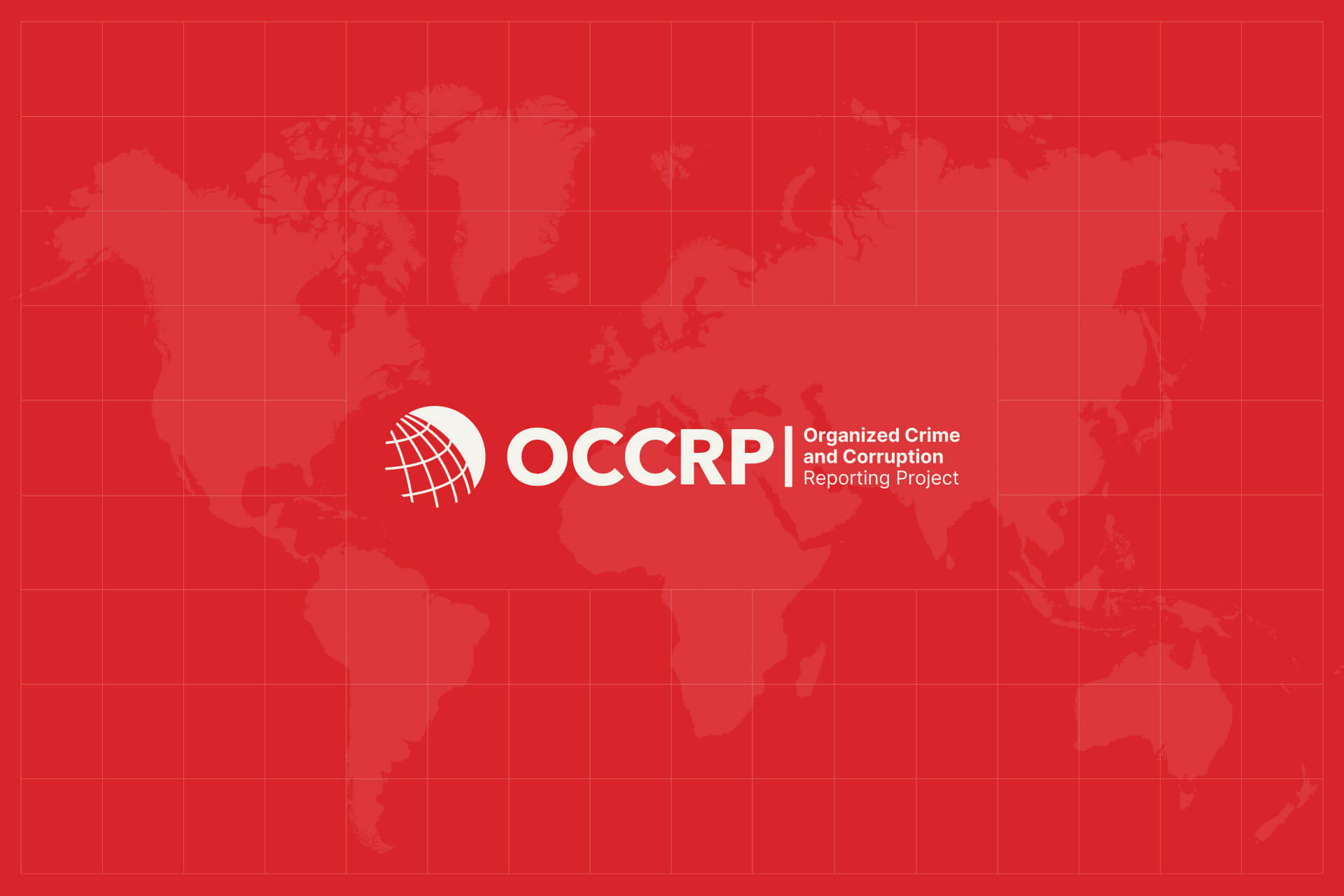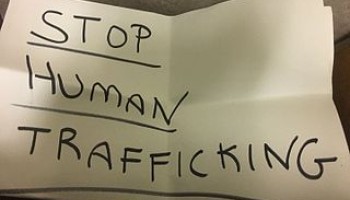The operation took place in 23 European countries and was led by Spain and Austria. Among the victims were 16 minors and of the detained suspects, 41 were alegedly involved in human trafficking.
“The actions targeted synthetic drugs and new psychoactive substances and, human trafficking, migrant smuggling, document fraud and environmental crime and involved law enforcement authorities from EU Member States, third-party countries and EU bodies,” Europol said in a statement.
During actions conducted between September 15 and 26 on 3,500 locations, including night clubs, private flats and hot-spots known for begging and pickpocketing, police checked more than 124,000 individuals suspected of facilitating the exploitation.
Furthermore, authorities seized 20 counterfeit documents and opened 111 new investigations.
These operations are part of the EMPACT Joint Action Days 2019, operational activities planned within the framework of the EU Policy Cycle, established in order to create a greater measure of continuity for the fight against serious international and organised crime.
Six other EMPACT Joint Action Days have taken place so far in 2019.
Last week, Europol also published a report about the first Europe-wide Joint Action Days against human trafficking for labour exploitation, focusing specifically on the agricultural sector.
During last week’s four-day operation officers identified 44 suspects of human trafficking for labour exploitation and arrested seven of them. Operations revealed 302 potential victims mostly EU citizens and 39 possible new cases of labour exploitation initiated.
The International Organization for Migration (IOM) marked EU Anti-Trafficking Day, with Ola Henrikson, Director of IOM’s Regional Office for the EU, saying that despite the numerous actions being carried out across Europe, the number of victims of trafficking is still high.
“Victims of this heinous crime come from within Europe and from third countries. Resources and assistance should be made available to all victims, regardless of their nationality or country of origin,” said Henrikson.
According to the Counter-Trafficking Data Collaborative (CTDC), more than 32,000 European victims of trafficking exploited around the world were identified between 2002 and 2018.
In Europe, 29,000 victims were exploited.
In both groups, two of the three victims were women and in most of the cases victims were trafficked for the purpose of sexual exploitation and forced labour.






